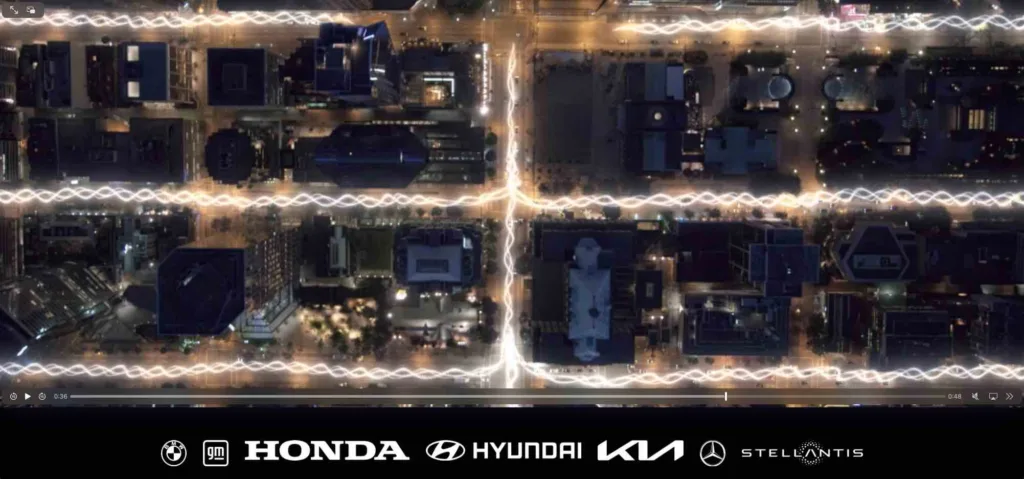Today marks the official launch of IONNA, a joint venture of seven automakers which plans to develop a new nationwide network of 30,000 or more DC fast chargers, each capable of dispensing at least 150 kW of power. The joint venture includes BMW Group, General Motors, Honda, Hyundai, Kia, Mercedes-Benz Group, and Stellantis NV.
Led by Seth Cutler, formerly of charging service provider EV Connect, IONNA will leverage private and public funds, including from the National Electric Vehicle Infrastructure (NEVI) program, and the chargers will be equipped with both CCS and NACS (J3400) connectors to maximize compatibility without requiring adapters.
I am honored to lead IONNA and work alongside these esteemed automakers in shaping the future of electric mobility. Our shared commitment to creating an extensive, high-powered charging network reflects our dedication to revolutionizing the entire EV charging experience and helping to drive widespread EV adoption.
Consistent with best practices in the charging industry, IONNA plans to locate stations at or near various amenities such as restrooms, food service, and retail. IONNA has also stated that a select number of flagship stations will be equipped with additional amenities, and that it will install canopies wherever possible to further focus on customer comfort.
Because IONNA includes multiple automakers, there is the potential for each of them to integrate their vehicles’ telematics capabilities with the charging network similar to the manner in which Teslas are integrated with the Tesla charging network. And just as Tesla earns charging revenue by guiding Tesla drivers to its stations, so too will the seven IONNA automakers benefit from the vehicle telematics integration which will help all of their drivers find IONNA charging stations. Value-added features will likely include reservations, intelligent route planning and navigation, and payment applications including Plug & Charge.
The magnitude of this network is significant: At four ports per location, it will result in a total of 7,500 new charging locations having an aggregate nameplate capacity of 4.5 million kW or 4,500 MW.
For a frame of reference, if all chargers were in use simultaneously they would equal the load of nearly 3.4 million homes and require the full output of nearly four typical combined cycle turbines (assuming approximately 1,200 MW per unit, as defined by the PJM CONE 2026/2027 Report, at page 84).
Initial plans are to deploy charging stations in metropolitan areas and along major highways, including connecting corridors and vacation routes, aiming to offer a charging station wherever people may choose to live, work and travel.
For more information about EVs and EV charging, I invite you to follow me on LinkedIn and view my other posts.


